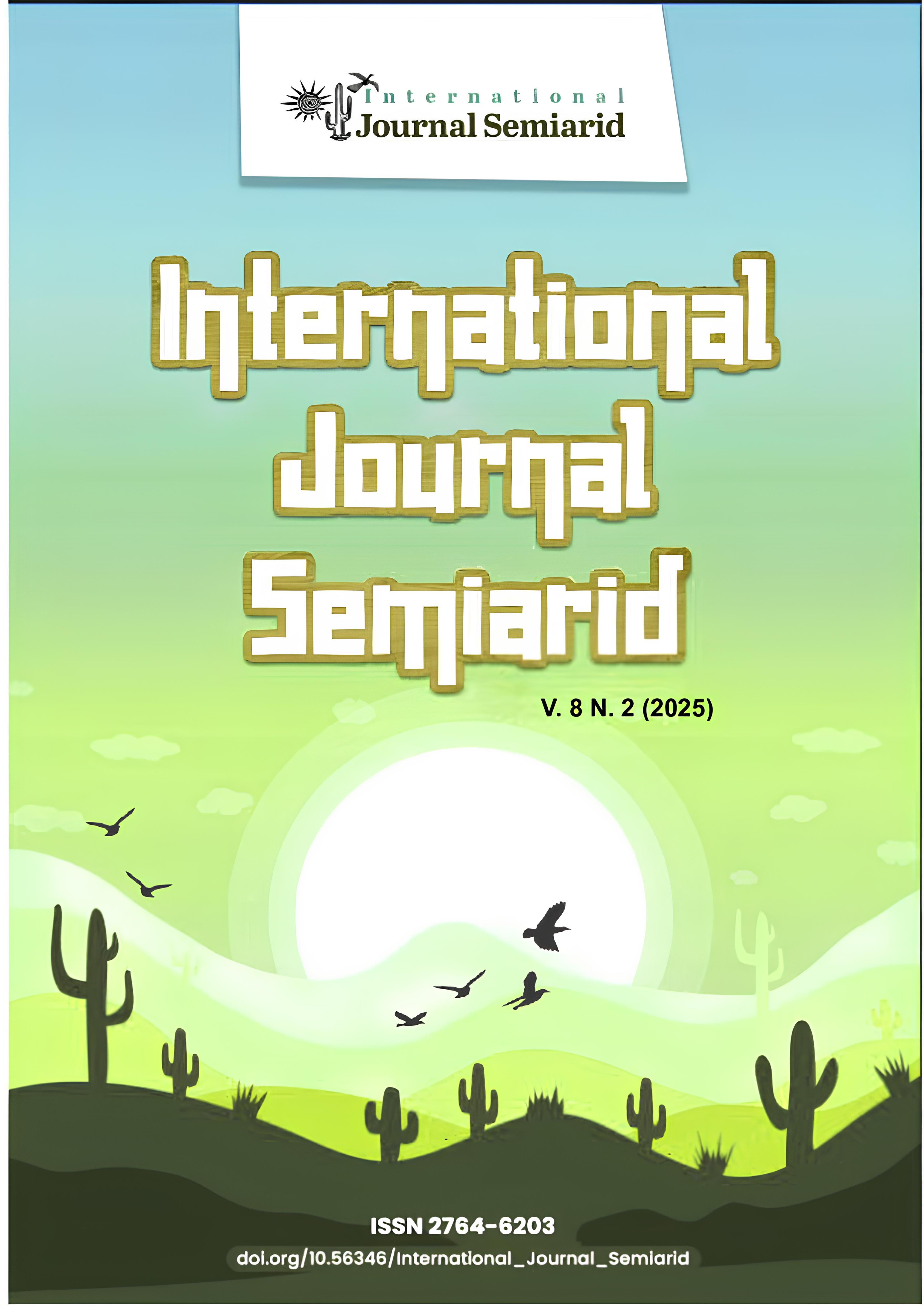AMBIENTE BIOCLIMÁTICO DA CIDADE DE TETE: DESMISTIFICANDO O MISTÉRIO DO CALOR INTENSO
DOI:
https://doi.org/10.56346/ijsa.v8i2.330Keywords:
Tete, Bioclima, Calor IntensoAbstract
The city of Tete, located in central Mozambique, is known for its extremely high temperatures, making it the hottest city in the country. This study aims to analyse the bioclimatic environment of the city of Tete, identifying the natural and anthropogenic factors that contribute to the intense heat and proposing mitigation strategies. The methodology adopted includes a qualitative and quantitative approach, combining a literature review, analysis of historical meteorological data and observation of urban patterns. Long-term climatological data from local weather stations was used to assess thermal variation and the influence of factors such as insolation, humidity, wind speed and vegetation cover. In addition, remote sensing and geoprocessing techniques were applied to map urban heat islands and identify areas of greater thermal vulnerability. The preliminary results indicate that the geographical location of Tete, in a valley with low humidity and intense solar radiation, contributes significantly to the high temperatures. In addition, rapid urbanisation, the reduction of vegetation and the predominant use of building materials that retain heat exacerbate the phenomenon. The lack of adequate infrastructure for ventilation and shading in residential and commercial areas also exacerbates the thermal sensation in the city. Finally, the study suggests measures to minimise the effects of intense heat, including increasing urban afforestation, implementing sustainable materials in construction and developing urban planning policies that consider the population's thermal comfort. In this way, it is hoped to contribute to a better quality of life for the inhabitants and the city's adaptation to climate change.
References
Almeida, R. (2019). Urbanização e clima: os desafios do crescimento urbano em áreas tropicais. Revista Brasileira de Planejamento Urbano, 25(3), 123-139.
Akbari, H., Pomerantz, M., & Taha, H. (2001). Cool surfaces and shade trees to reduce energy use and improve air quality in urban areas. Solar Energy, 70(3), 295-310.
Brito, R., Pereira, M., & Oliveira, L. (2015). Ilhas de calor e sua influência nas cidades tropicais. Clima e Sociedade, 20(4), 102-117.
Gomes, M., & Oliveira, P. (2017). Soluções verdes para a mitigação do calor urbano: uma análise das práticas em cidades africanas. Revista de Estudos Urbanos, 14(2), 75-89.
Gupta, A., Mondal, N., & Bandyopadhyay, S. (2016). Urban heat island effect and its impacts on the health of the inhabitants in Kolkata, India. Urban Climate, 16, 56-72.
Hondula, D. M., Gosling, S. N., & Tomlinson, C. J. (2015). Impacts of heat on human mortality and morbidity. Environmental Health Perspectives, 123(6), 735-742.
INAM (Instituto Nacional de Meteorologia). (2020). Relatório Climático de Moçambique 2020. Maputo: INAM.
Júnior, A. P., Lima, E. M., & Silva, F. J. (2018). Influência da circulação atmosférica nas condições climáticas da cidade de Tete, Moçambique. Revista Brasileira de Meteorologia, 33(2), 45-59.
Lima, M., & Santos, J. (2019). Dinâmica urbana e os desafios das cidades africanas: Rumo à sustentabilidade e resiliência. Editora África.
Machado, C., Silva, P., & Oliveira, F. (2021). O impacto da radiação solar no microclima urbano de Tete. Clima e Meio Ambiente, 30(1), 89-101.
Matsumoto, M., et al. (2017). Urban vegetation and climate: How trees and plants can alleviate urban heat island effects. Urban Forestry & Urban Greening, 23, 1-10.
MICOA (Ministério para a Coordenação da Ação Ambiental). (2016). Plano de Desenvolvimento do Ambiente e da Gestão Climática de Tete. Maputo: MICOA.
Nunes, A. (2015). Mudanças climáticas e seus impactos na saúde pública: Desafios para as cidades em África. Editora Saúde e Ambiente.
Oke, T. R. (1982). The energetic basis of the urban heat island. Quarterly Journal of the Royal Meteorological Society, 108(455), 1-24.
Pereira, A., & Silva, F. (2018). Aquecimento urbano e os impactos do concreto nas cidades tropicais. Revista Brasileira de Geografia, 33(1), 56-69.
PEUT. (2012). Plano Estratégico Urbano de Tete. Tete: Conselho Municipal de Tete.
Reis, L., & Costa, P. (2019). Calor extremo e saúde urbana: a relação entre clima e qualidade de vida em cidades tropicais. Saúde e Ambiente, 23(4), 150-161.
Santamouris, M. (2014). Cooling the cities – A review of innovative technologies for urban heat island mitigation. Energy and Buildings, 82, 5-26.
Santos, M. P., Ferreira, E. S., & Silva, C. M. (2021). Saúde pública e mudanças climáticas em Moçambique: O impacto das altas temperaturas na mortalidade urbana. Saúde & Clima, 15(2), 132-144.
Silva, R., et al. (2020). Efeitos do calor extremo na saúde pública urbana. Journal of Urban Health, 39(2), 210-220.
Vogt, J., et al. (2016). Bioclimatic zoning and urban planning in tropical climates. Urban Climate, 18(1), 45-63.
www.climate-data.org. CLIMA: TETE, acessado no dia 04 de Fevereiro de 2025


